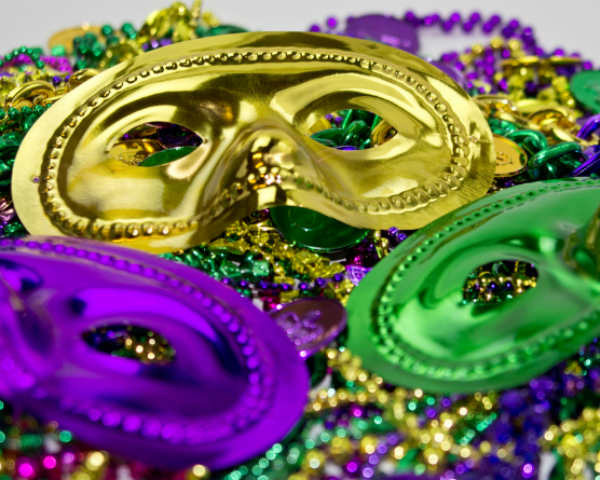11 Things You Didn't Know About Mardi Gras
In the middle of a long, cold winter, you need to have a reason to let a little loose. Months after Christmas and New Year's, the next cause for celebration is the highly anticipated holiday of Mardi Gras. This colorful and boisterous holiday marks the beginning of a new season, a turning over a new leaf of sorts, and is an overall joyous and uplifting celebration that many New Orleans natives and travelers look forward to.
Click here for the 10 Things You Didn't Know About Mardi Gras (Slideshow)
But before the beads and the masquerade masks, the origins of Mardi Gras pre-dates Christianity. Though now widely accepted as a Christian holiday that signifies the last hurrah before Lent, the day before Ash Wednesday originated as a pagan celebration of springtime and fertility with the Roman festivals of Saturnalia and Lupercalia. When Christianity arrived in ancient Rome, leaders decided to incorporate the holiday as a celebration known as "Carnival." Derived from the word carnelevarium, which means to take away or remove meat, Carnival, on the other hand, was designed as a day of excess meat eating.
Since then, this celebration of excess has morphed into a landmark event in New Orleans that involves a ton of music, booze, and food. And while you probably know about traditions like King Cake, do you know exactly why they hide a plastic baby in it? Do you know why the official colors of Mardi Gras are purple, green and gold or why many wear masks? To help you party with a purpose, we rounded up some interesting facts about this rambunctious holiday that you might not have ever known.
This article was originally published by Lauren Gordon on Feb. 28, 2014.
